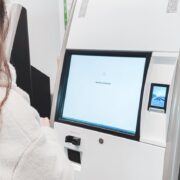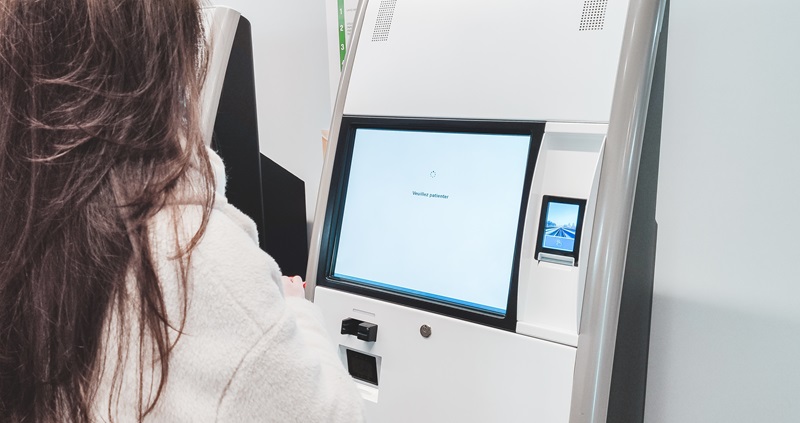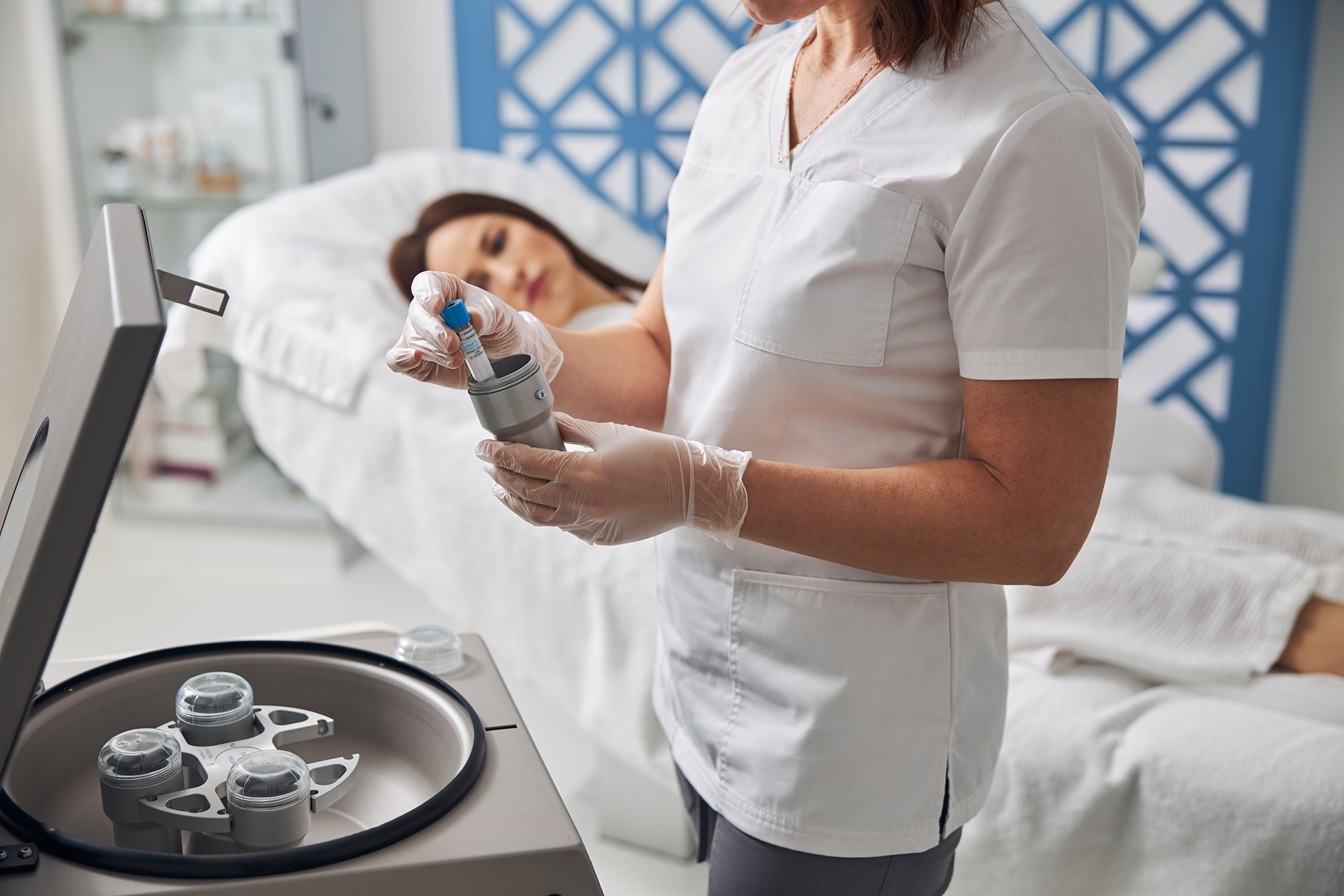8 Top Reasons to Pursue a Degree in Public Health

Have you ever wondered how communities combat widespread diseases or promote healthier lifestyles? Public health is the field that focuses on improving the well-being of populations. It addresses health challenges at a larger scale by preventing problems before they happen. Choosing a degree in public health can lead to a career filled with purpose, impact, and opportunities to make a real difference in people’s lives.
In this blog, we will share why pursuing a degree in public health could be the right path for you and how it can help shape a better future for communities everywhere.
-
Make a Difference in the Lives of Others
A career in public health is about serving others and improving lives. Public health professionals focus on preventing diseases, promoting wellness, and helping communities access the resources they need to stay healthy. From tackling infectious diseases to addressing mental health, the field offers endless ways to create positive change.
If you want a job where your efforts have a direct impact on people’s lives, public health might be the right choice. Whether you work in policy, education, or research, your work will contribute to healthier societies and a better quality of life for countless individuals.
-
Flexibility with Online Programs
Public health education has evolved to meet the needs of busy students. With options like an online MPH program, earning your degree is more accessible than ever. These programs allow you to balance your studies with other responsibilities, such as work or family commitments. You can learn at your own pace without sacrificing quality education.
Online programs also offer the same opportunities as in-person ones, including networking with peers and learning from experienced professionals. Choosing an online MPH program can help you gain the skills you need for a successful career while maintaining flexibility in your schedule.
-
Diverse Career Opportunities
Public health is a broad field with a variety of career paths. Whether you’re interested in working in healthcare, government, non-profits, or academia, there’s a role for you. Careers range from epidemiologists tracking disease outbreaks to health educators teaching communities about healthy habits.
You can also explore specialized areas like environmental health, global health, or biostatistics. This diversity means you can find a role that matches your interests and strengths while contributing to the well-being of others.
-
High Demand for Public Health Professionals
Public health professionals are in demand, especially after the global challenges faced in recent years. Communities need experts who can address health crises, improve healthcare access, and educate the public. Job security in this field is strong because health will always be a priority.
This demand also means competitive salaries and opportunities for growth. Whether you’re just starting your career or looking to transition into a meaningful field, public health offers a stable and rewarding future.
-
Global and Local Impact
Public health careers allow you to make a difference both locally and globally. On a local level, you might work to improve healthcare systems, develop nutrition programs, or advocate for mental health services. Globally, you could help combat diseases in underserved regions or contribute to international health policies.
This field connects you to pressing issues around the world. If you’re passionate about addressing challenges like inequality or access to clean water, public health gives you the tools and platform to drive meaningful change.
-
Focus on Prevention
Public health emphasizes preventing problems before they arise. Instead of treating illnesses, public health professionals work to stop them from happening in the first place. This includes creating vaccination campaigns, promoting healthier lifestyles, and improving access to essential services.
By focusing on prevention, you’re contributing to long-term solutions that save lives and reduce healthcare costs. If you’re someone who values proactive efforts, this field offers an opportunity to be part of sustainable, forward-thinking initiatives.
-
Opportunities for Advocacy and Leadership
A degree in public health prepares you for roles that involve advocacy and leadership. You’ll learn how to address health disparities, influence policies, and lead projects that create systemic change. These skills allow you to advocate for communities that may lack access to adequate healthcare or resources.
Leadership in public health isn’t limited to executive positions. It’s about being a voice for change and helping others understand the importance of health initiatives. If you’re driven by a desire to inspire and lead, public health is a field where your efforts can have far-reaching effects.
-
Lifelong Learning and Growth
Public health is constantly evolving, which makes it an exciting field to be a part of. Advances in technology, new research findings, and shifting global needs create opportunities for continuous learning. As a public health professional, you’ll stay informed about the latest trends and innovations, keeping your work fresh and relevant.
This lifelong learning means you’ll always have room to grow in your career. Whether you choose to specialize in a particular area or expand your skills, public health offers a dynamic and rewarding journey. The field also encourages collaboration with experts from various disciplines, providing a rich environment for exchanging ideas. Every new challenge you tackle contributes to your professional and personal growth, making it a fulfilling long-term career choice.
In conclusion, public health is more than just a degree—it’s a commitment to creating healthier communities and a better world. It offers a chance to make a real difference through prevention, advocacy, and leadership. With diverse career opportunities, public health is accessible to anyone eager to contribute to the well-being of others. If you’re searching for a career that combines purpose with potential, public health might be the path you’ve been looking for. Take the first step toward a future where your work truly matters. The impact you create today can inspire healthier lives for generations to come.




















